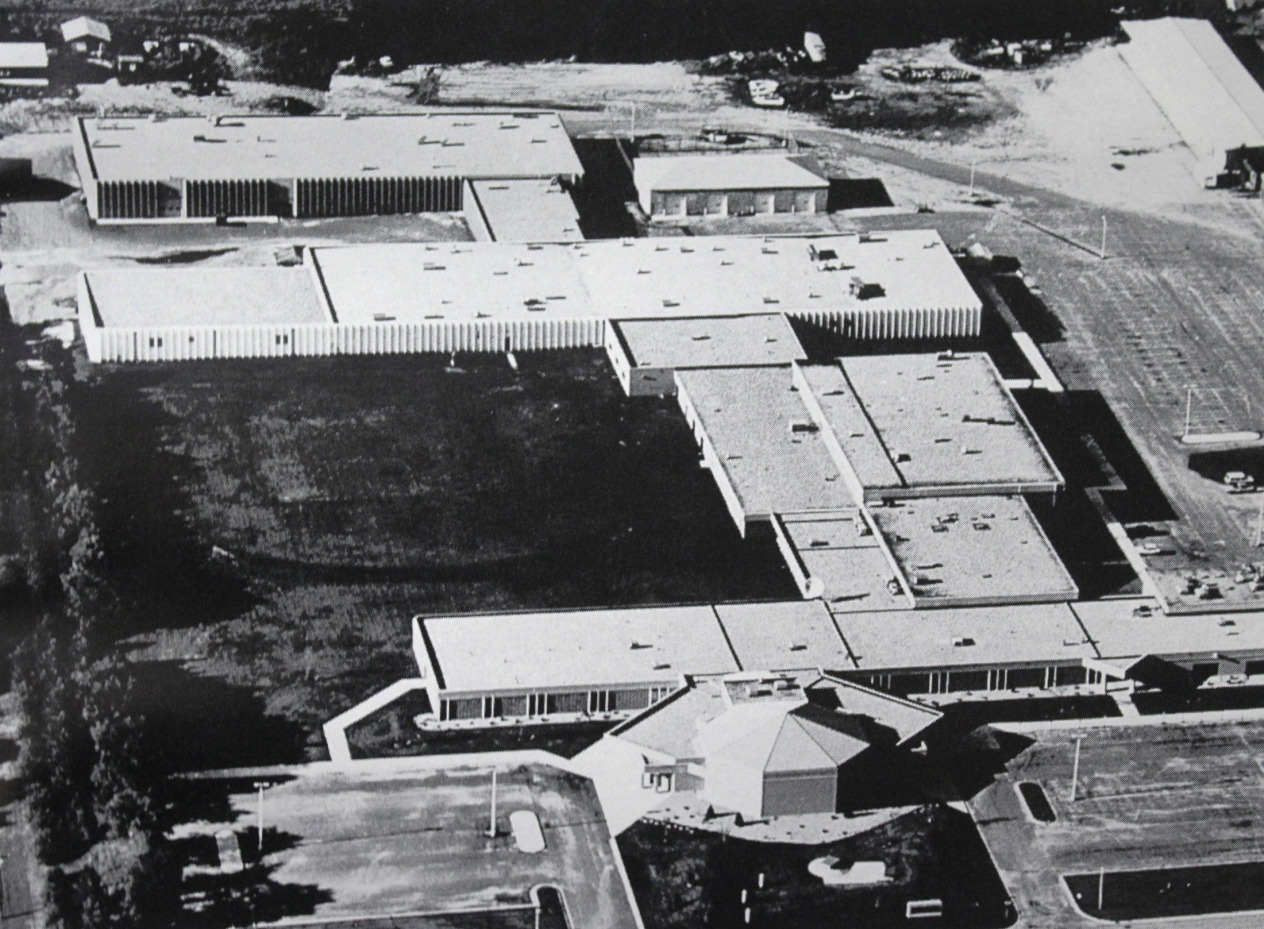Title
CPTR1103 - Introduction to Assistive Technology
API ID
Credits
3 (3/0/0)
Description
This course explores the design, development and use of technology that benefits people with disabilities. Students will gain a general understanding of the various assistive and adaptive technologies utilized to improve or develop functional communication and daily living skills for individuals with disabilities. Throughout this course, case studies will be used to illustrate application of principles and theories in assistive technology.
Competencies
- Examine characteristics of a variety of disabilities including but not limited to cerebral palsy, traumatic brain injury, muscle diseases and autism spectrum disorders.
- Identify components of an assistive technology assessment.
- Review and discuss an analysis of environmental conditions for identifying assistive technology needs.
- Identify key legislation pertinent to people with disabilities.
- Identify core components of an evidence-based model for developing assistive technology (e.g., the Human Activity Assistive Technology model).
- Describe accessibility factors considered as part of a mobility assessment.
- Identify vocabulary strategies used in augmentative and alternative communication.
- Identify alternative means of computer keyboard and mouse control.
- Define and explain Electronic Aids to Daily Living (EADLs).
- Explore aspects of human diversity as applied to assistive technology.
